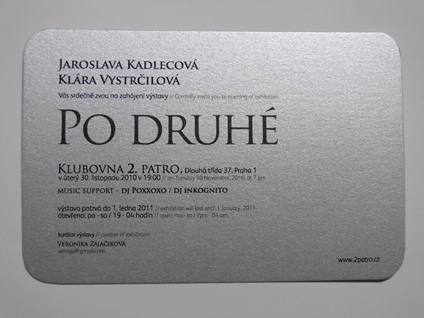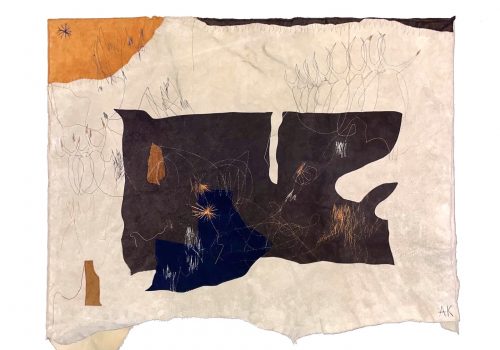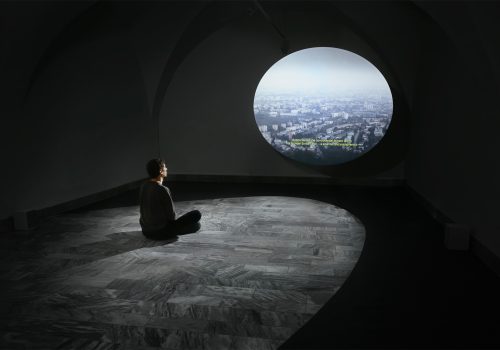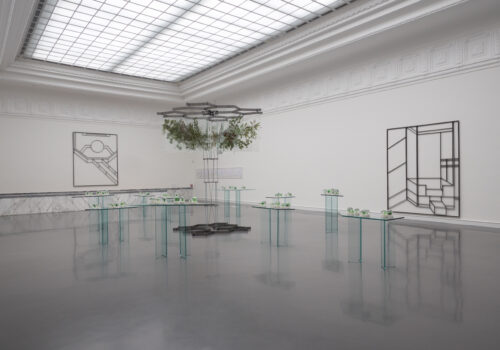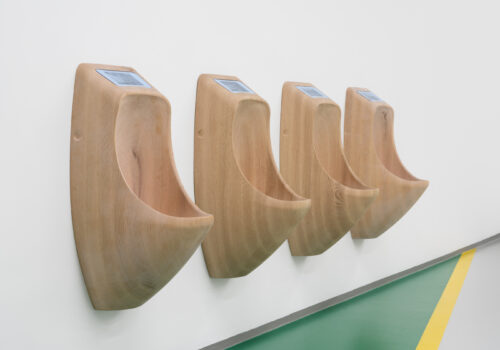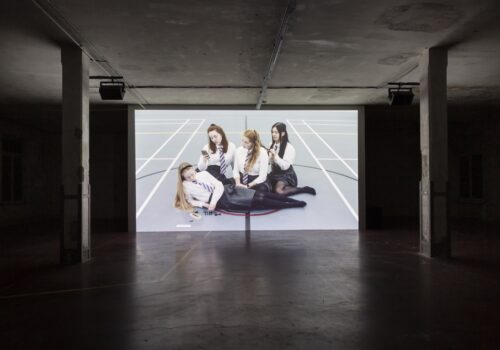Past Residents
Past Resident2011: Jan Evangelista Purkyně University in Ústí nad Labem
Veronika Zajačiková
Veronika Zajačiková’s curatorial practice refers to the possibility of an international dialogue through art. Her research is based in virtual reality and the true world, diverting people from an online reception of art to one related to our human nature. Zajačiková believes that without this expansion of experience people are degraded and impoverished in their humanity.
Zajačiková (born 1981 in Prague, Czech Republic) received a BA degree at Faculty of Arts – Theory and History of Art, Philosophical faculty, Palacký University Olomouc, Czech Republic. From September 2010 Zajačiková is an MA student in Curatorial Studies, Faculty of Art and Design, Jan Evangelista Purkyně University, Ústí nad Labem, Czech Republic. She is currently preparing an exhibition at Emil Filla Gallery, Ústí nad Labem, Czech Republic. In 2010 she curated two solo shows of students from Academy of Fine Arts in Prague: Po druhé (For the Second Time), Klubovna 2.patro, Prague, CZ.
Residents from Czech Republic
Daniel Permanetter
There are no dependable records about the relationship between Robert Allen Zimmerman (born 1941 alias Bob Dylan) and Daniel Permanetter. In the videos (amongst others My 115th Dream, 2008 and The Beauty Parlor, 2010) the two meet again and again in short, everyday settings. On a bus, in a movie theater and without converging in any plausible way. What interlinks the two is something deeply human, the impossibility to express your own observations and to deal with the great and finally unanswered questions of life, love, beauty and death by telling stories. (Text by Stefanie Manthey)
Daniel Permanetter (born 1977, Starnberg, Germany) graduated from the Akademie der Bildenden Künste in Munich, Germany, where he lives and works.
Residents from Germany
Past Resident2011: CBK-Centrum Beeldende Kunst
David Jablonowski
David Jablonowski questions the potential of communication in contemporary visual culture. Through sculpture and film, he explores the way language is established and developed and then reproduced technically in relation to political and historical discourse. Jablonowski’s interest in display systems and information transfer has as much to do with the hardware that is used in the staging of knowledge as it has with the knowledge itself. Therepetitive and unsustainable promise of a valid direction of communication is expressed in works which question the understanding of sign systems; making us aware of the transience of visual language.
David Jablonowski (born 1982 in Bochum, Germany) moved to Amsterdam, The Netherlands, in 2007 where he graduated from the Gerrit Rietveld Academy and participated in De Ateliers studio program until 2009. Recent solo shows include Imposition, Schaufenster of the Kunstverein Duesseldorf, Germany; Material Kontingenz at SMBA (Stedelijk Museum Bureau Amsterdam), Amsterdam, The Netherlands; Perfection Simple Way at Gallery Luettgenmeijer and 1.33:1, Hard Copy Display Sequences, Multi Channel Projection at Bloombergspace London, UK. Group exhibitions include Monumentalism, Stedelijk Museum Amsterdam, The dutch identity?, De Paviljoens, Almere, The Netherlands; After Architects, Kunsthalle Basel, Basel, Switzerland; Woodman, Woodman, Spare That Tree, Gallery Luettgenmeijer, Berlin, Germany.
